Despite the strength of the wines on show it seems that Vineyards of Hampshire has not learned the finer art of location, location, location when it comes to where to host a tasting.
There have been a fair few column inches recently in the wine press about how relevant a venue is when hosting a tasting, and how it can play a pivotal role in the success of an event.
There’s a lot more to tasting wine than simply what’s in the glass; the environment in which you taste can have a huge influence – not necessarily on the wine itself – but on how relaxed you are when tasting, how comfortable your senses are and whether there are any distractions.
A recent Wine From Spain tasting across the top two floors of the Walkie Talkie skyscraper in London, for example, offered tremendous views across London in every direction which was impressive but also terribly distracting. It was as if the sensory visual overload somehow made it a bit trickier to engage the other sensors to concentrate on tasting.
As well as the physical effects a venue can have, we must also consider the message (subliminal or blatant) that venue choice gives off: Industrial unit in Shoreditch = edgy; Famous institution = classic; New restaurant space = on-trade/food-focussed… the list goes on.
On so to the recent Vineyards of Hampshire event which took place at The Stafford Hotel in St James, an area of London noted for well-heeled gentlemen and ladies visiting private members clubs, shopping for shoes, handbags and yachts and lunching in just this type of high-end establishment. It’s the kind of place where the doorman looks you up and down and knows immediately that you’re here for the wine tasting and not checking in to a £400-a-night room.
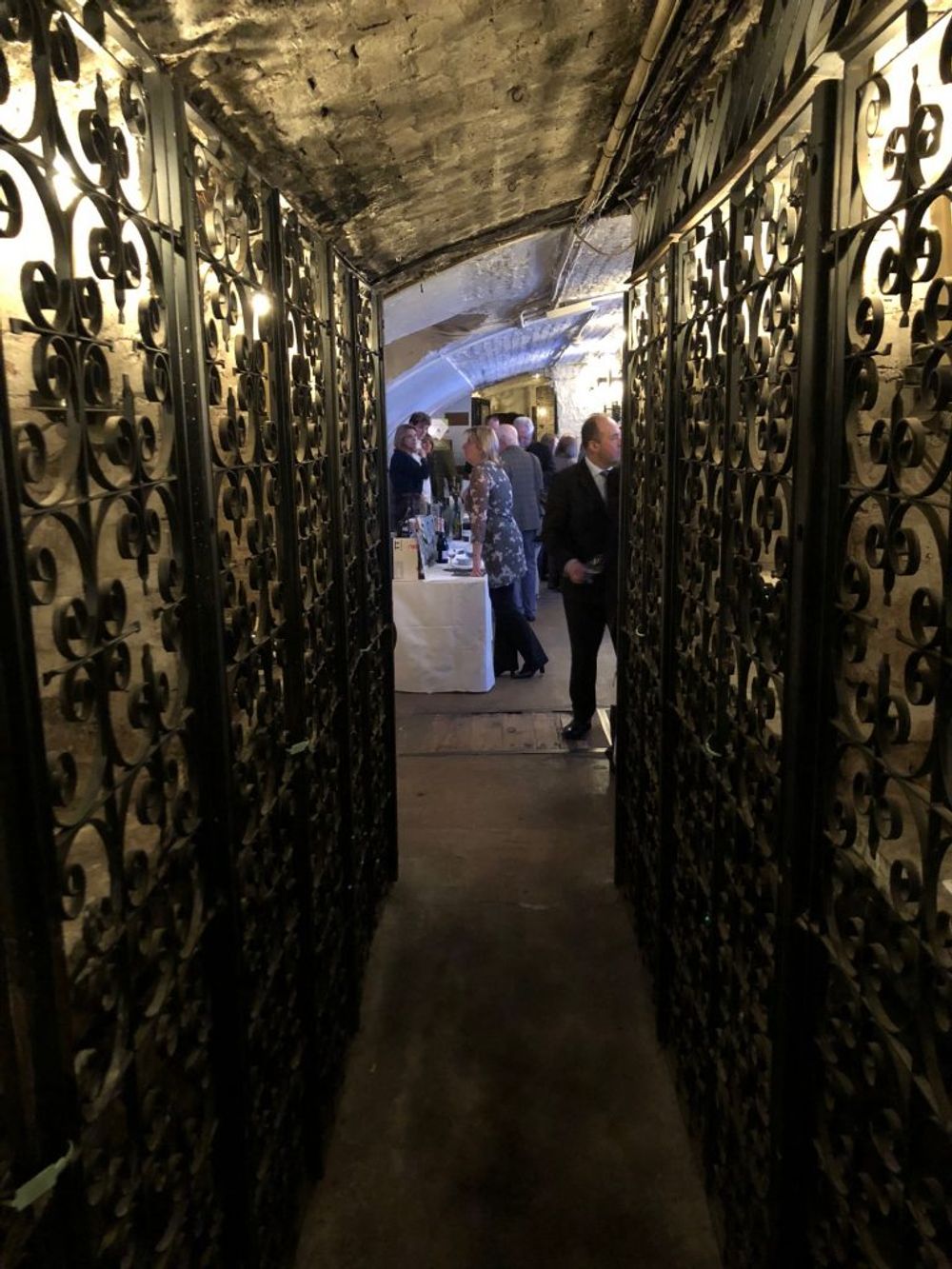
Great wine cellar, but not such a great location for the Vineyards of Hampshire tasting
The tasting itself took place in the Wine Cellar, a labyrinth of underground tunnels and rooms built in the 17th Century by Lord Francis Godolphin and used as an air raid shelter during the Second World War. Now it’s used as an event space and to store more than 8,000 bottles of the fine wine from some of the world’s most revered producers.
It’s an amazing space for a wine dinner or drinks party, but wasn’t ideal for a serious tasting as it was difficult to see particularly well in the low-light of the room, was rather chilly and was a bit of a squeeze. I think the message the organisers were trying to reflect is that these are wines that are classy and upmarket (and on the whole they are), but they would have benefitted from showing them in a room with natural light where the true sparkle (literal and otherwise) of the wines could be more easily shown.
Nevertheless, there were some impressive wines on show from the seven producers in attendance – 21 wines to be precise, 18 of which were sparkling. The Blanc de Noir wines really stood out as a sparkling style, so this is clearly an area in which Hampshire excels.
Of all the 21 wines tasted I singled out one from each producer. Here’s the pick of the bunch.
Cottonworth Classic Cuvée NV
English fizz and Champagne are often talked about in the same breath, but English fizz and Burgundy? Not until now. It transpires that the Liddell family who own and run Cottonworth, which is located in the Test Valley just south of Andover, also own vineyards in Chassagne Montrachet and St Aubin 1er Cru and make wine there under the Cottonworth label.
It’s an interesting aside, but when I enquire as to how joined up the two estates are, and whether the oak used to mature their English fizz is from their Burgundy estate, I’m told that it’s not. A trick missed I would say. The Classic Cuvée is aged in neutral oak for a few months before bottling, and is comprised of 46% Pinot Noir, 45% Chardonnay and 9% Pinot Meunier, all from Cottonworth’s 12 hectares of vineyards. It’s gentle and easy-going with primary notes of pear and lemon sherbet as well as some brioche and malted milk-biscuit complexity. Chalky finish that’s clean and ultra-dry.
Danebury Vineyards Reserve 2015
20-years-old this year, Danebury stood out from every other producer at the tasting for a number of reasons; they were the only producer with still wines, they were the only producer without sparkling wines and they were the only ones peddling the type of hybrid and Germanic varieties that other wineries have spent the past 20 years replacing with the famous three Champagne grapes.
Their three wines included two single variety whites (a Madeleine Angevine and a Schonburger) and a white blend made from these two varieties plus Auxerrois and Pinot Gris. These unfashionable and little known grapes can be a tough sell but there’s clearly a market for racy, high-acid still whites like this, as every year Danebury sells out of its top wines. The stand-out wine was the Reserve 2015, which is the aforementioned blend – it’s herby and salty with green apple and dried apricot characters and a crisp, tongue-curling finish.
Exton Park Blanc de Noirs NV
The most exciting and complete collection of wines in the room. Three non-vintage sparkling wines (Brut Reserve, Blanc de Noirs and Rose Brut) are joined by a 100% Pinot Meunier Rosé, the first in the UK, and a vintage Blanc de Blanc from 2011.
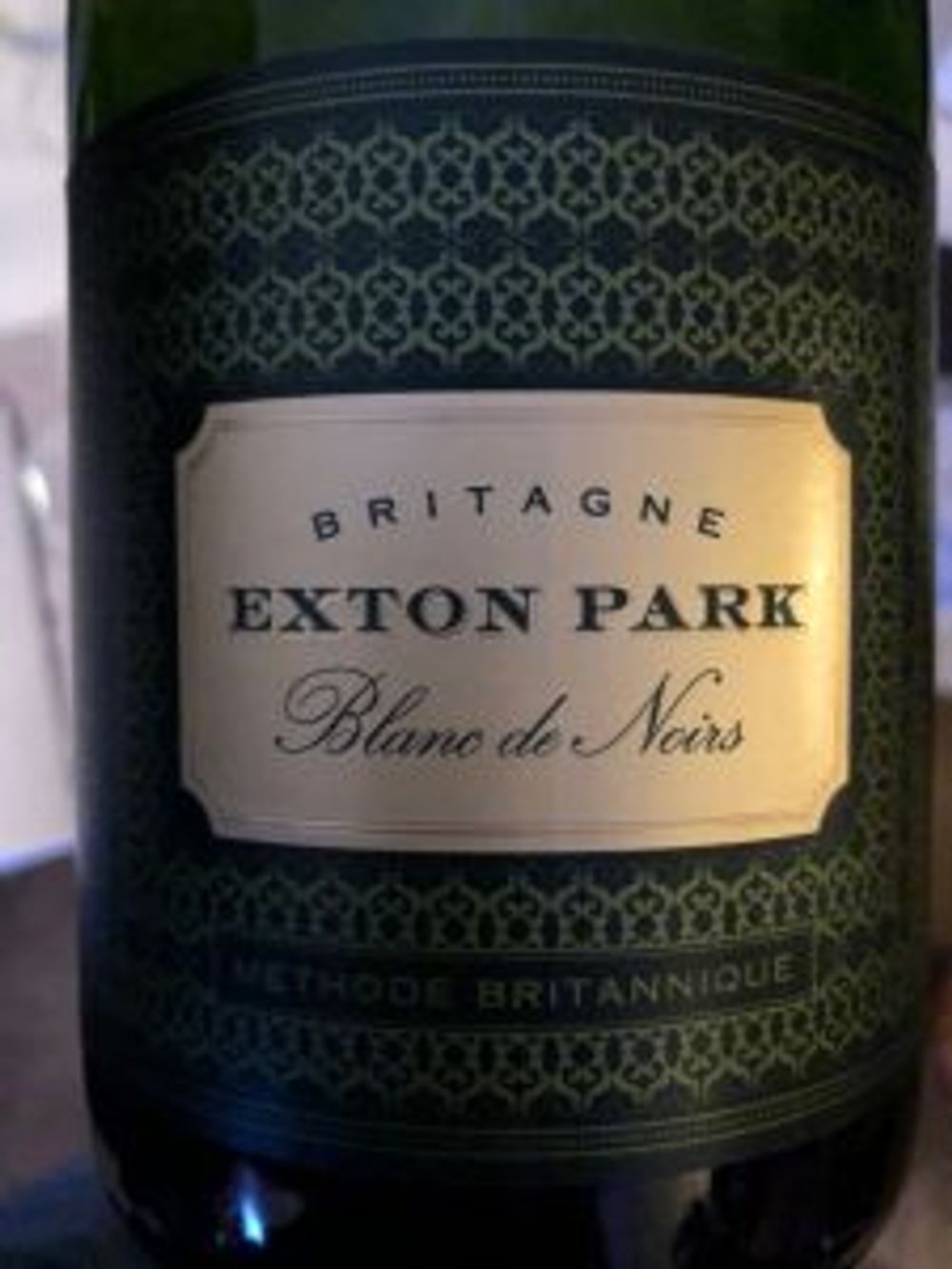
Across the spectrum they are very good, and crucially all share a common thread – they are all complex and rich with an abundance of fruit and a fizz that’s lively but not over keen. The Pinot Meunier Rosé is fleshy with punchy strawberry fruit, while the Blanc de Noirs NV is herby and light with crisp sherbet acidity and a red apple fruit. It’s delicious, and on the day the most impressive fizz in the room.
Hambledon Première Cuvée NV
The Hampshire village of Hambledon in the Meon Valley is famous as the ‘cradle of cricket’ as it was here in 1750 that Hambledon Cricket Club was founded, once the most powerful club in the country and responsible for creating many of the rules of the game and championing cricket across the country.
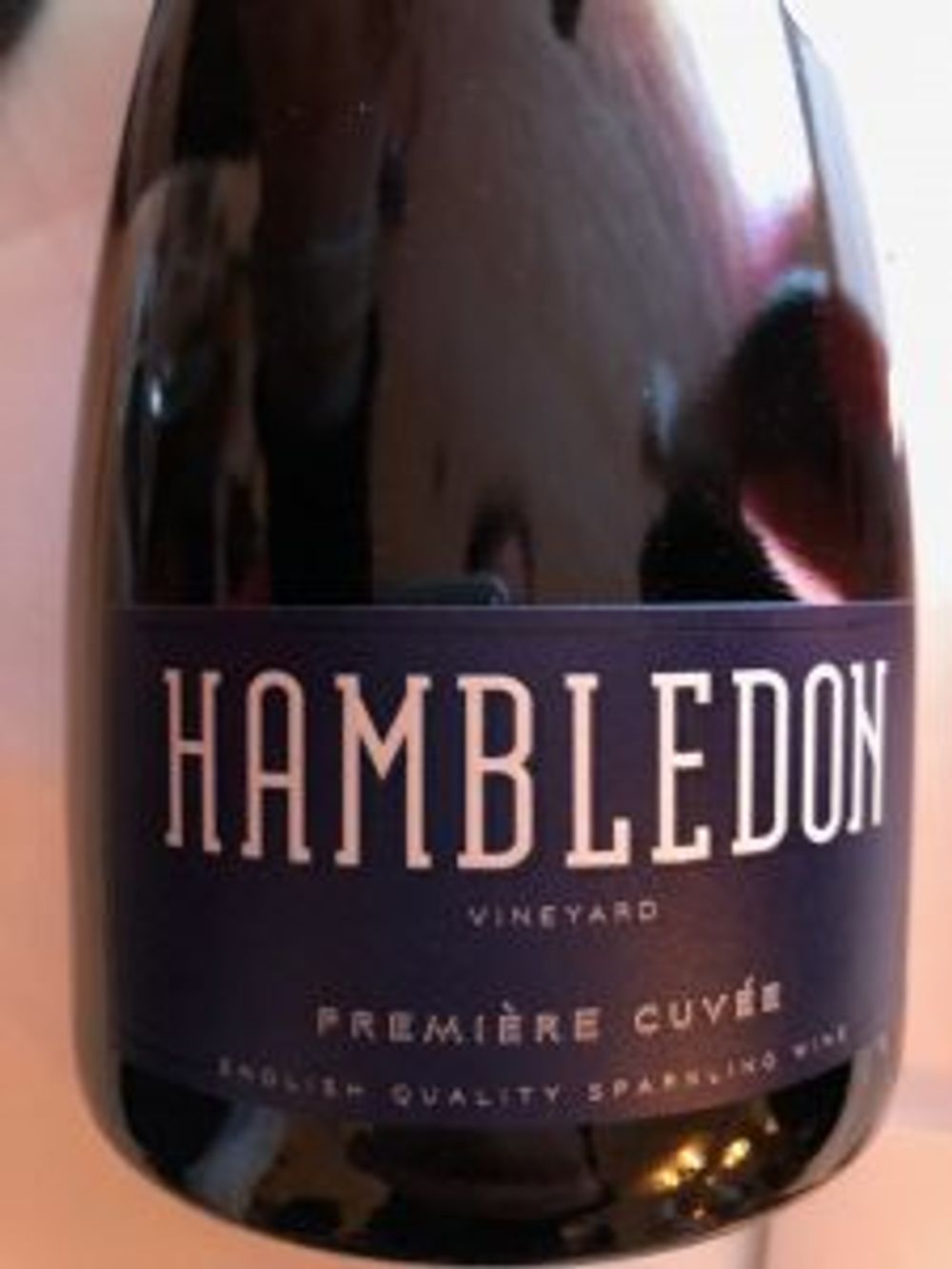
Hambledon Vineyard – established some 200 years later – hopes to make the village equally as famous for its fizz, and judging by the quality on offer is well on its way. Hambledon has three vineyard sites covering a total of 20 hectares where they concentrate on the three Champagne varieties to produce their trio of sparkling wines; two whites and a rosé.
The Première Cuvée steals the show; it’s a Chardonnay-dominant blend of all three grapes which is non-vintage but built around fruit from the 2011 vintage with reserve wines from 2010 added to the blend. It’s focussed and lean with bready complexity to off-set the green apple and Williams pear fruit. It’s had a lengthy six years on the lees which adds a delicious honey and crumble note to contrast the (still very keen) acidity. Guaranteed to knock you for six!
Hattingley Valley Demi-Sec 2013
Arguably the most famous Hampshire winery is Hattingley, which is amazing given that the first vines were planted just 10 years ago. It now manages and has access to fruit from 24 hectares of vineyards and boasts one of England’s most state-of-the-art wineries. It’s here that Hattingley’s numerous wines are made (they currently list 10 different wines on their website, nine sparkling wines and a dessert wine), as well as wines for other producers.
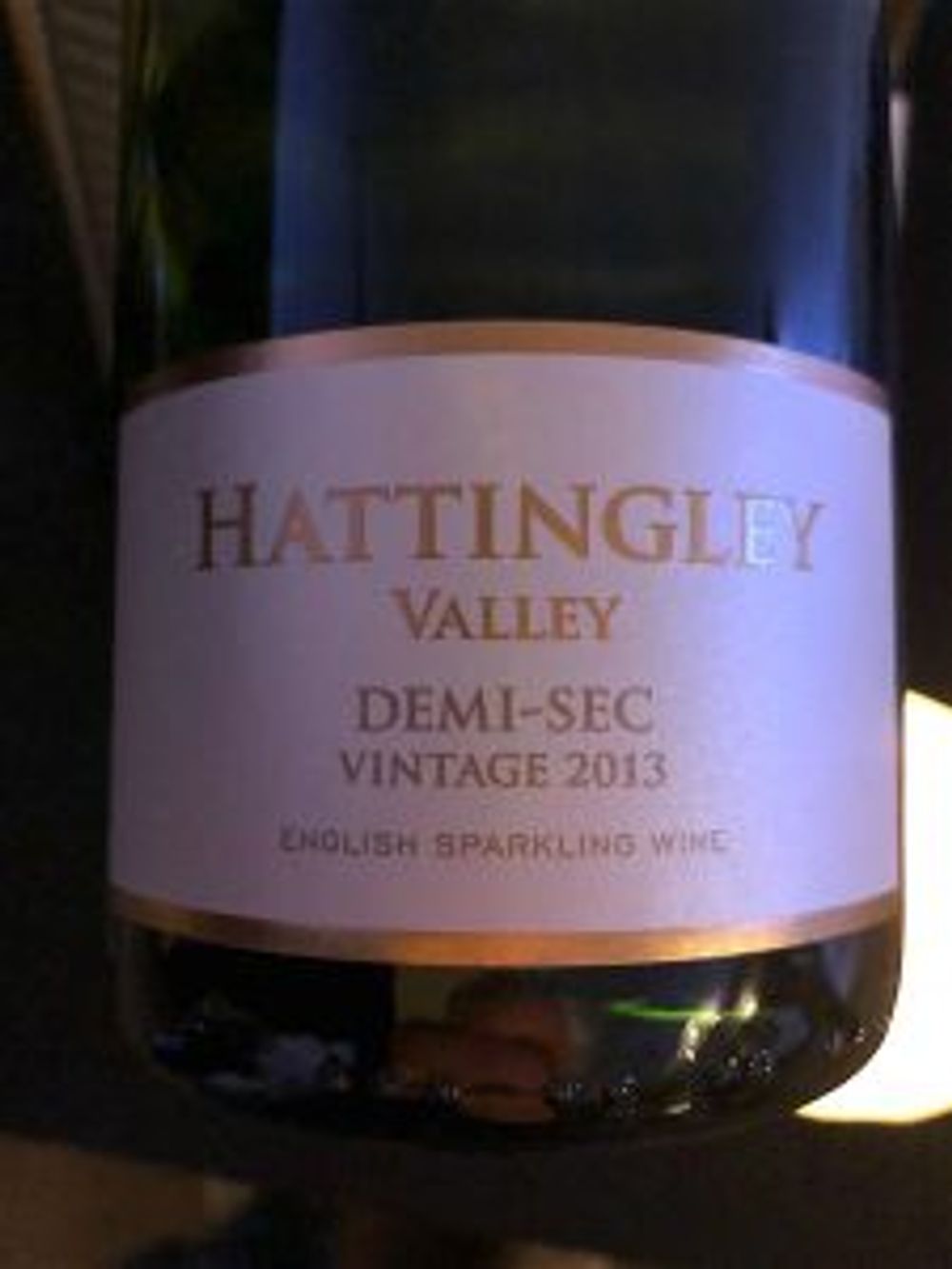
Four sparkling wines were on show at the tasting, alongside an eau de vie made from 2015 Chardonnay fruit, including the Classic Reserve, a vintage rosé, a sparkling red Pinot and a demi-sec. It was this final wine that was the most interesting, especially given the UK consumer’s penchant for a dash of sweetness in their sparkling wines. I’m told it was created to fill a gap in the market and is doing very well.
With 38 g/L residual sugar, it’s sweeter than even the most tropical north Italian fizz but is remarkably balanced with an acid precision to off-set the sweetness. It has spent three years on the lees and 10% has seen some barrel age too, making this a complex yet approachable wine with dried apricot fruit, ginger biscuit and blackberry compote.
Jenkyn Place Blanc de Noir 2010
This farm in the North Hampshire Downs has been growing hops to flavour the local beers for as long as anyone can remember, but its adventures in grape growing are far more recent. The first vines were planted here by an entrepreneurial Yorkshireman in 2004 and by 2010 full capacity had been reached in the Jenkyn Place vineyards where the five hectares of Chardonnay, Pinot Noir and Pinot Meunier now provide fruit for four sparkling wines.
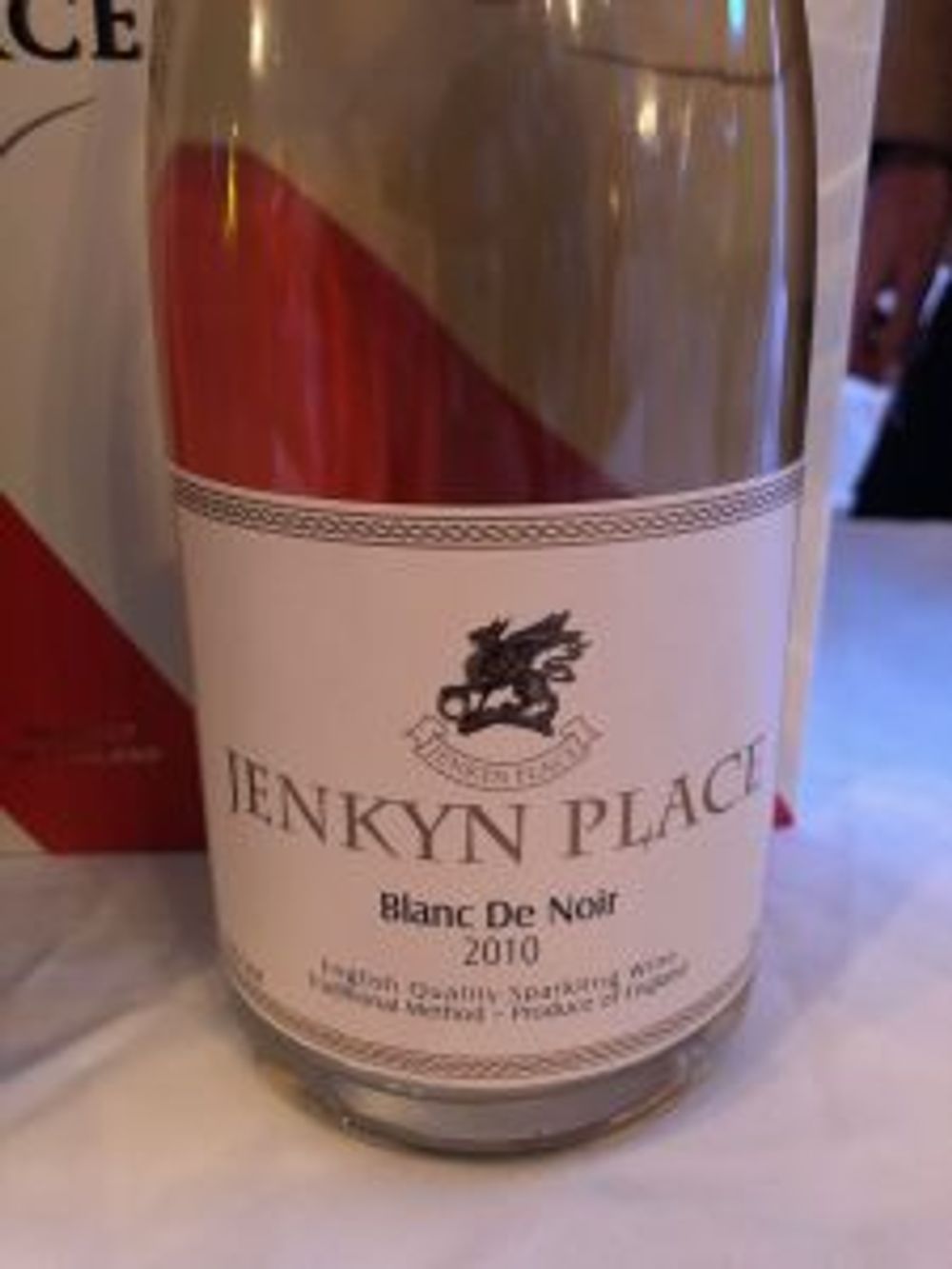
All Jenkyn’s wines are vintage specific and the two on show at the tasting were the Blanc de Noir 2010 and the Brut Cuvée 2013. Both were impressive, but the 2010 was outstanding; bright, approachable and seductive with stone fruit and a deep Marmite complexity that can only come with age and significant time on the lees, 39 months in this case. A brilliant aged vintage fizz from England – proof that time and patience can play a huge part in creating world-class wines in Hampshire and across the UK.
Raimes Blanc de Noir 2014
The Raimes family have been arable farmers on the land surrounding their estate within the South Downs National Park for five generations so know their land very well. In 2011 they decided to plant a vineyard on the chalk hills of the estate with Champagne varieties, and in 2013 released their first wines. The 2014 wines on show at the tasting were the second release from Raimes.
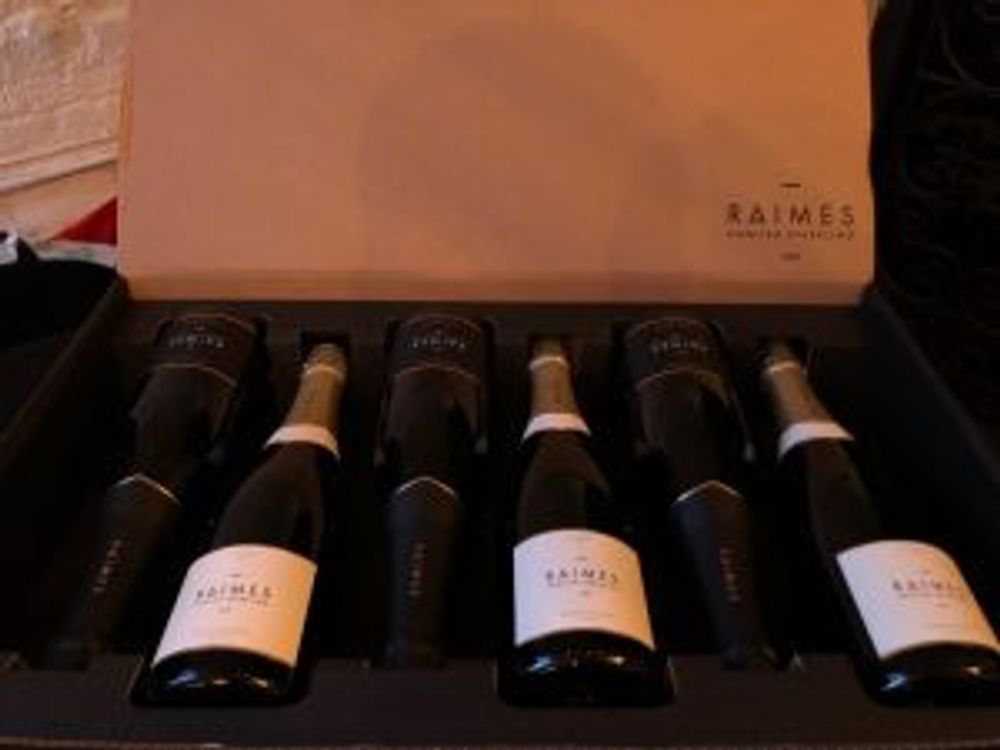
All their fruit is estate grown but the wines themselves are made on contract by Hattingley Valley (who also make the wines for Cottonworth, among others). The Blanc de Noir is Pinot Meunier heavy and has a real bite and grip to it, as well as chewy summer fruits, lush petillance and keen green-apple acidity. It’s full and fresh and incredibly long… impressive stuff after just two vintages.
For more information on Vineyards of Hampshire, see www.vineyardsofhampshire.co.uk










































